SPBH talks to two photography curators about their show Back To The Future at FOAM and their ways of working together.
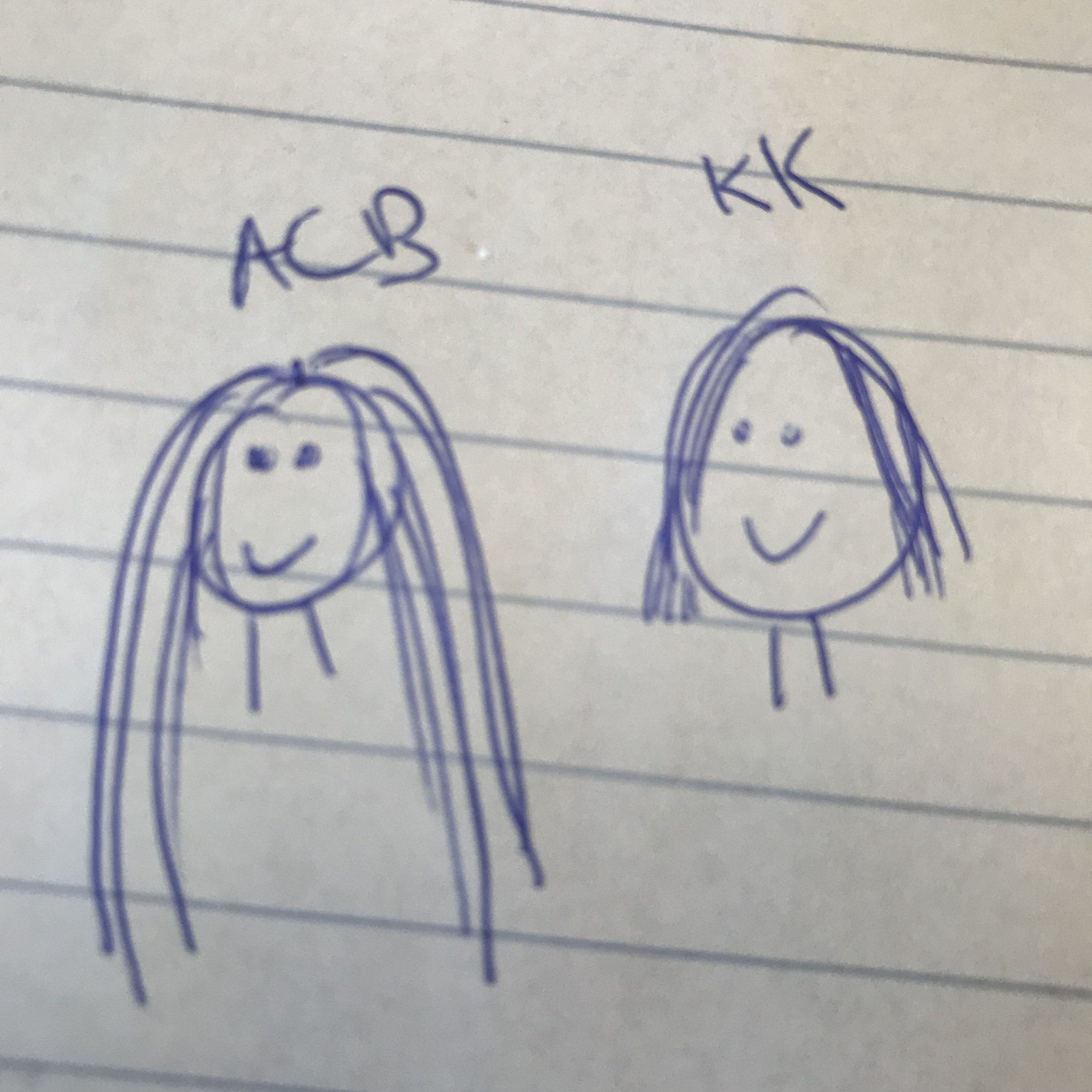
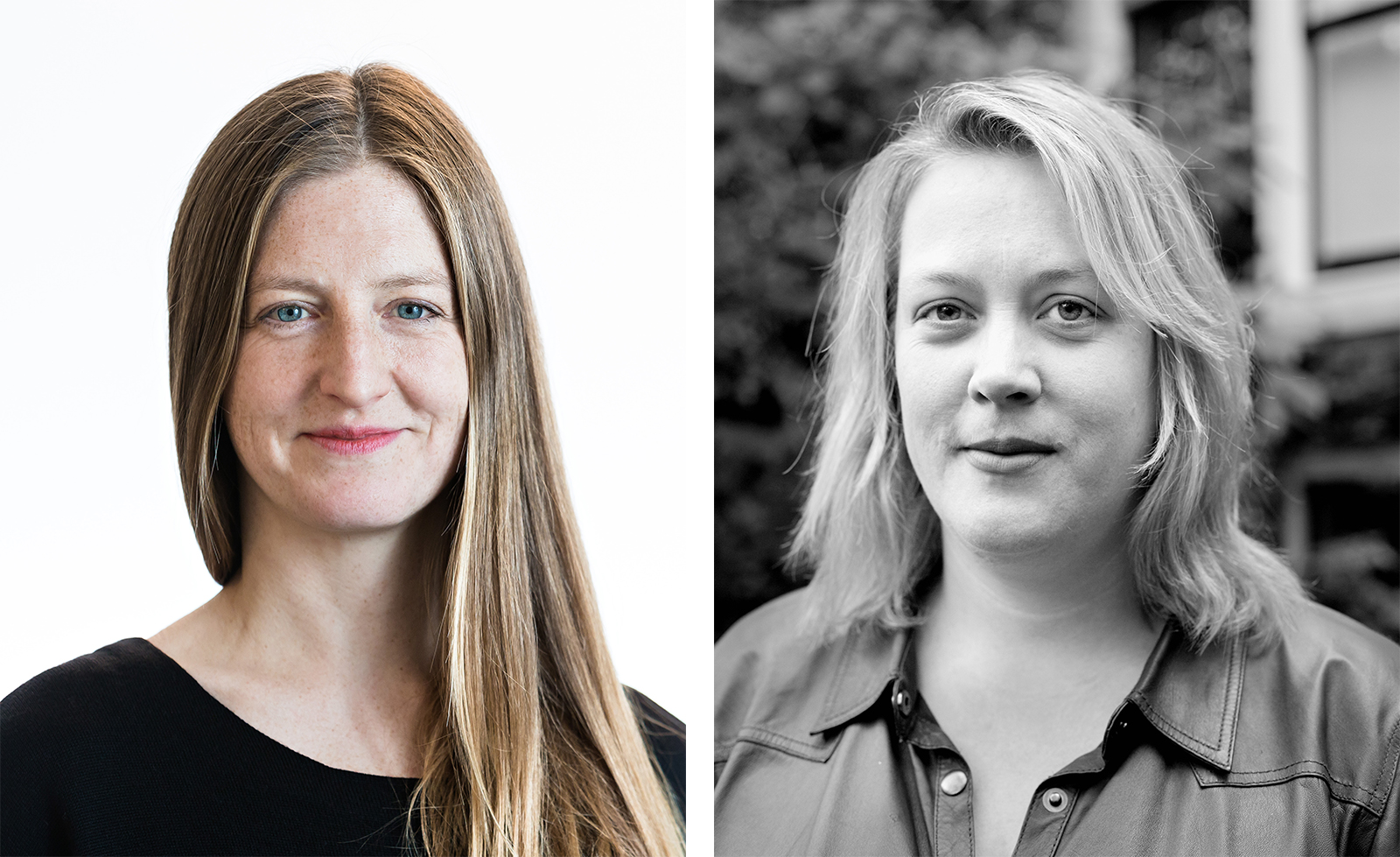
How did your collaboration come about?
ACB: If I remember well, Foam was presenting the first idea during Curator’s day in Paris in 2016. I immediately loved the topic, and as Kim and I had wanted to work together for ages this came together very easily.
KK: I remember getting to know Ann-Christin in a traditional Swedish restaurant in Stockholm surrounded by staff in folkloristic costumes. Obviously this atmosphere created a bond! Our institutes, Foam and C/O Berlin, were already close, and so it was only a matter of time before we had the chance to work together. The broader outlines for the idea appeared to me two years ago and the relationship between Ann-Christin and me intensified since our first meeting in Sweden. I was very happy that she was so on board.
Can you give our readers a quick overview of the project?
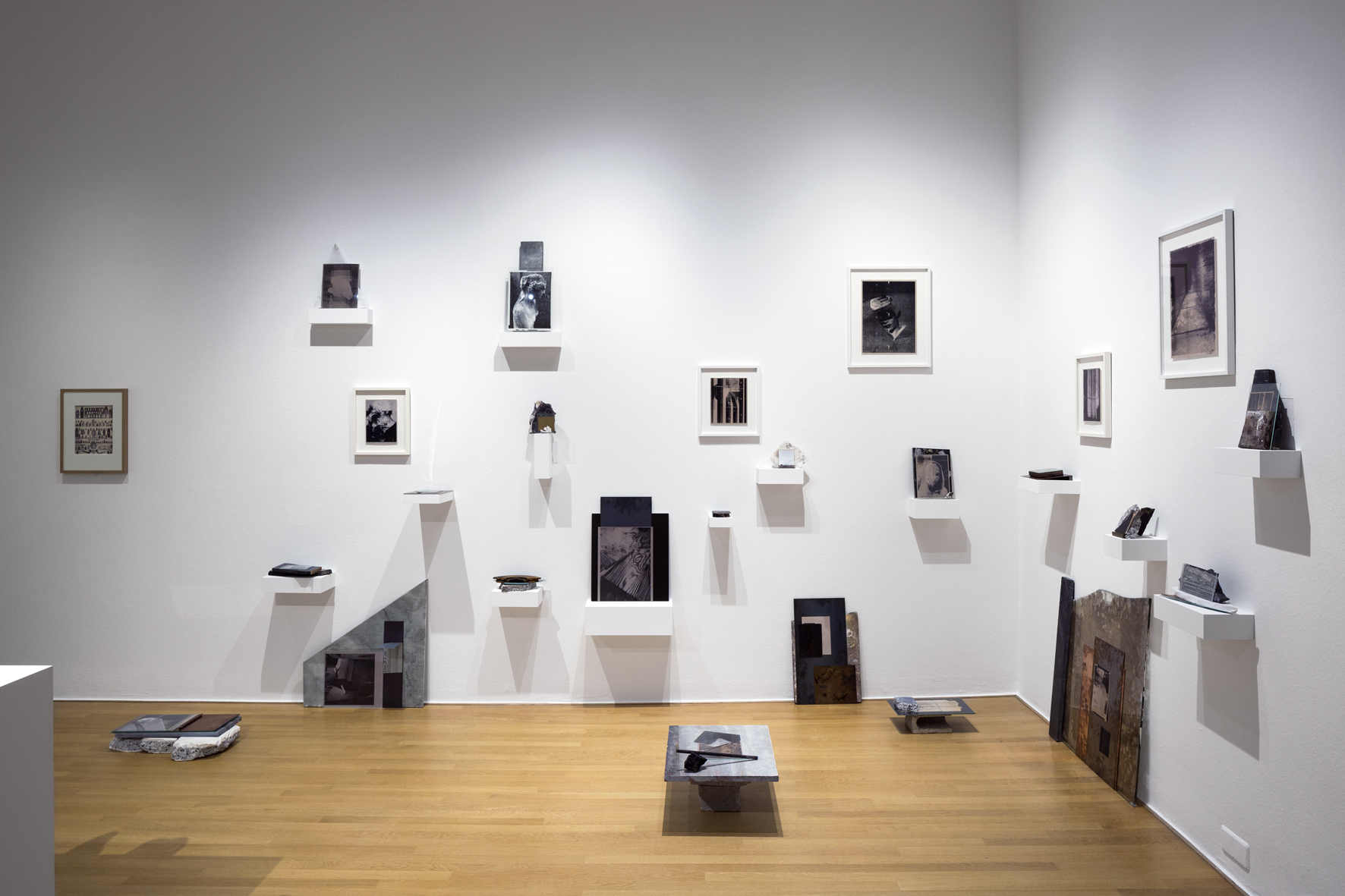
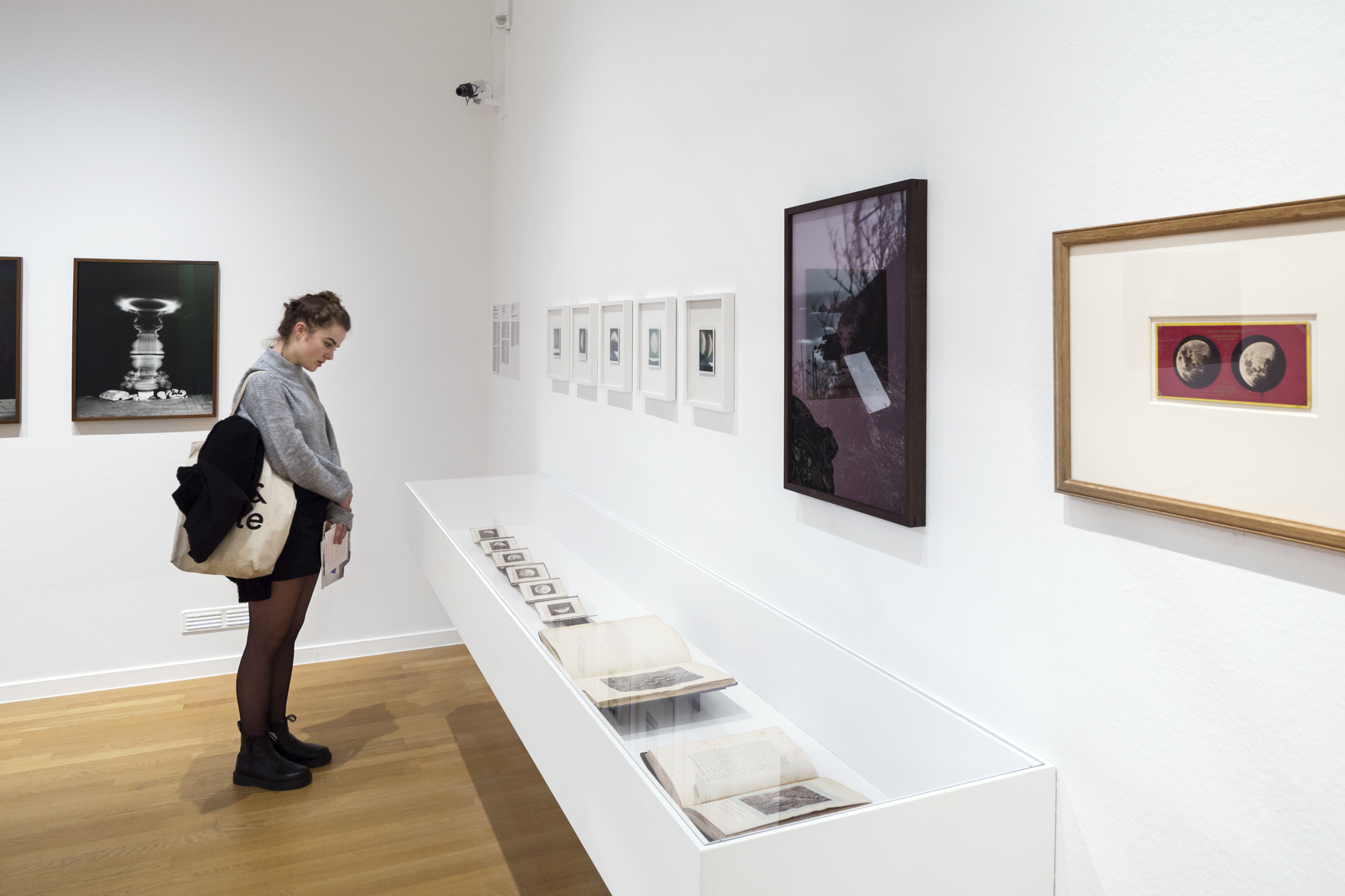
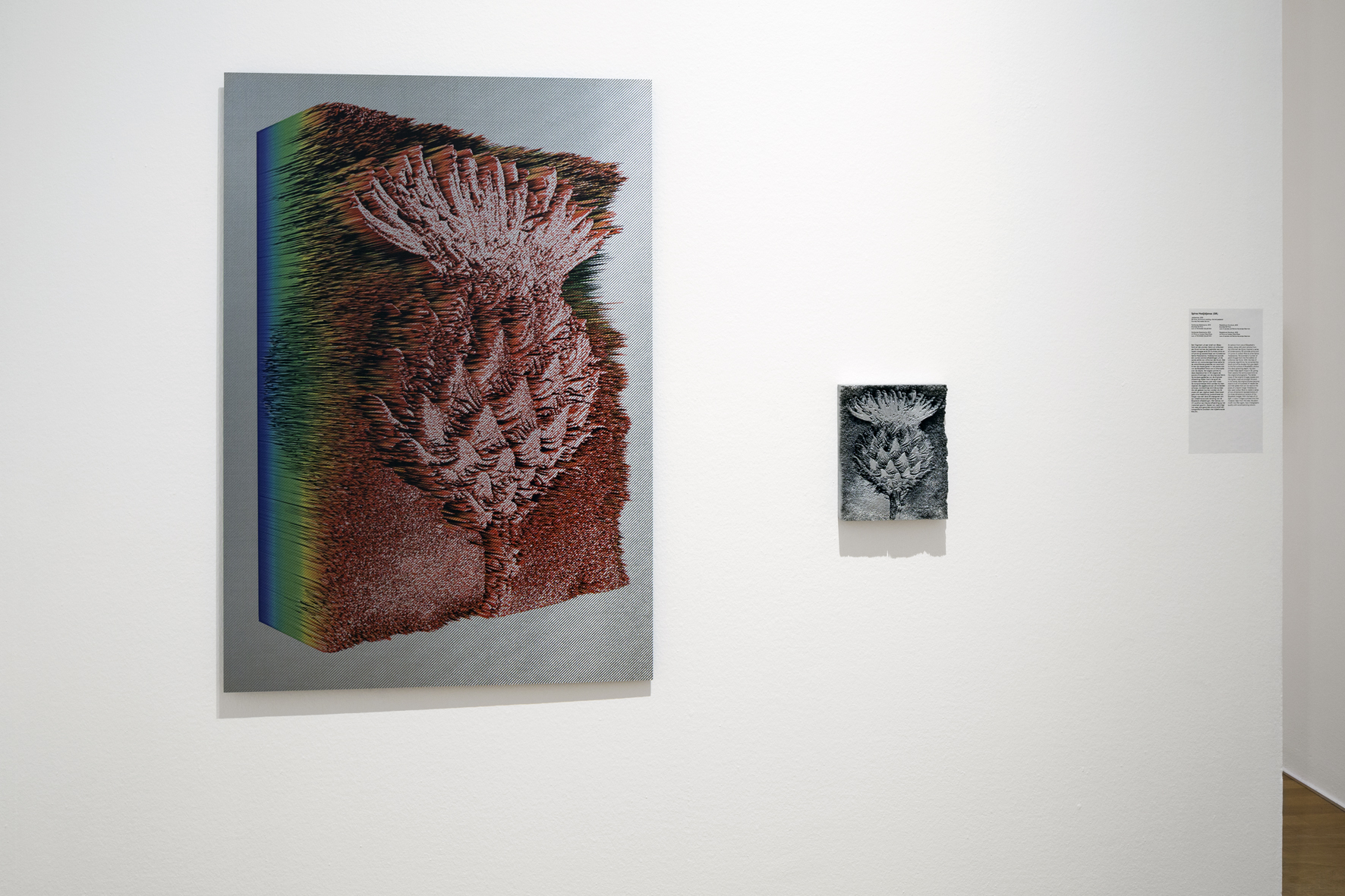
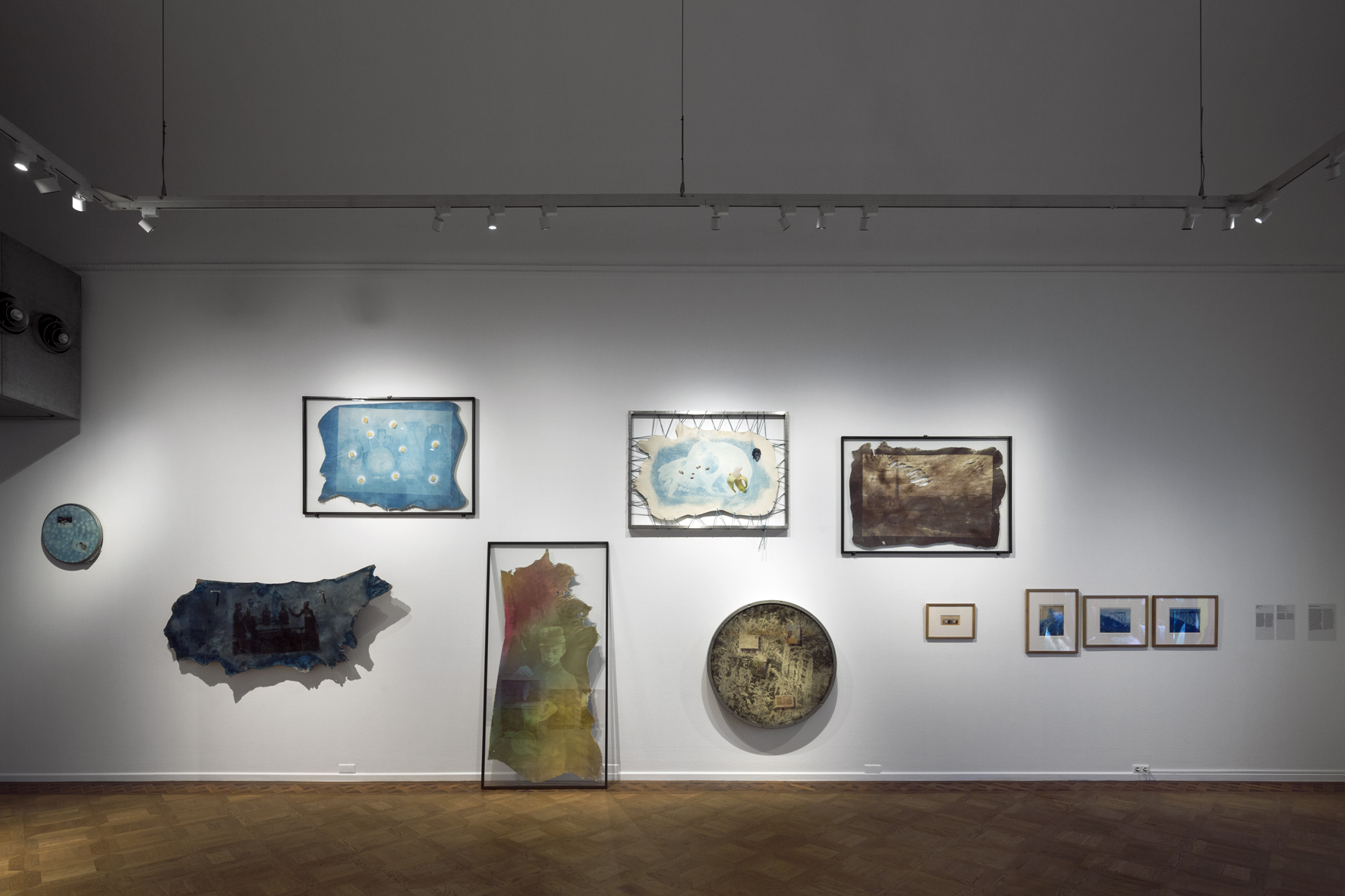
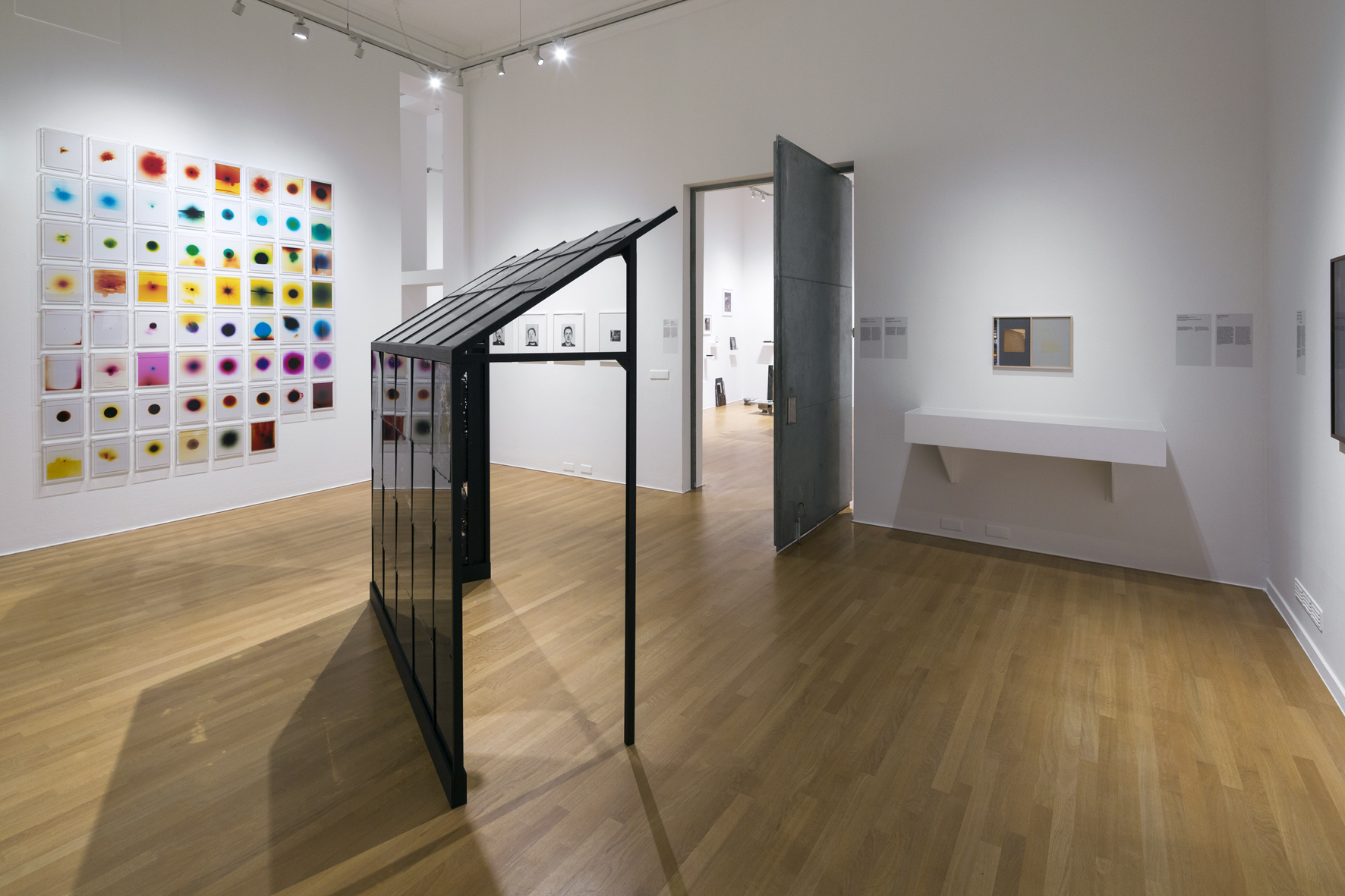
ACB: The project BACK TO THE FUTURE is about the interesting development that since digitalisation, a lot of contemporary photographers are re-discovering printing techniques from the 19th century, liberally experimenting with them and emphasising aspects of materiality, uniqueness, as well as essential components of the medium such as light.
KK: Within our exhibition are contemporary artists who rearrange, reinterpret, adopt and recycle themes, techniques and ideas from the nineteenth century, always in a contemporary way, using new materials, digital techniques and contemporary motifs. The contemporary works in the exhibition enter into a dialogue with the outstanding nineteenth-century works of the pioneers from the 19th century.
Have you developed a system for working together?
ACB: Kim is working at Foam in Amsterdam, I am working at C/O Berlin in Berlin. So our collaboration was mostly done by e-mail, telephone, skype and meetings in Amsterdam and during Paris Photo.
KK: Like Ann-Christin said we are on different locations and worked mainly via all these tools that make the world smaller. I remember a long skype session when I was in the middle of the boiling sun in Arles and Ann-Christin was in Berlin. That was a productive one. I enjoy thinking back to the breakfast we had at my place in Amsterdam during Unseen or the evenings we spent in Lausanne while we were there for our teaching activities at ECAL. The telephone calls were always rushed, though quite effective.
What is the best and worst thing about your collaborator?
ACB: The only problem we might have sometimes encountered was lack of time – being too busy – otherwise the cooperation went perfectly smoothly!
KK: Time was always our enemy. This is also a result of me being responsible for the exhibition in Foam and Ann-Christin for the exhibition in September in C/O. Fortunately our institutions function more or less in the same way. I think it would have been much harder to complete such an ambitious project with someone working for an institute that is more formal and schedules five years in advance.
Can you show us any material you have used for inspiration?
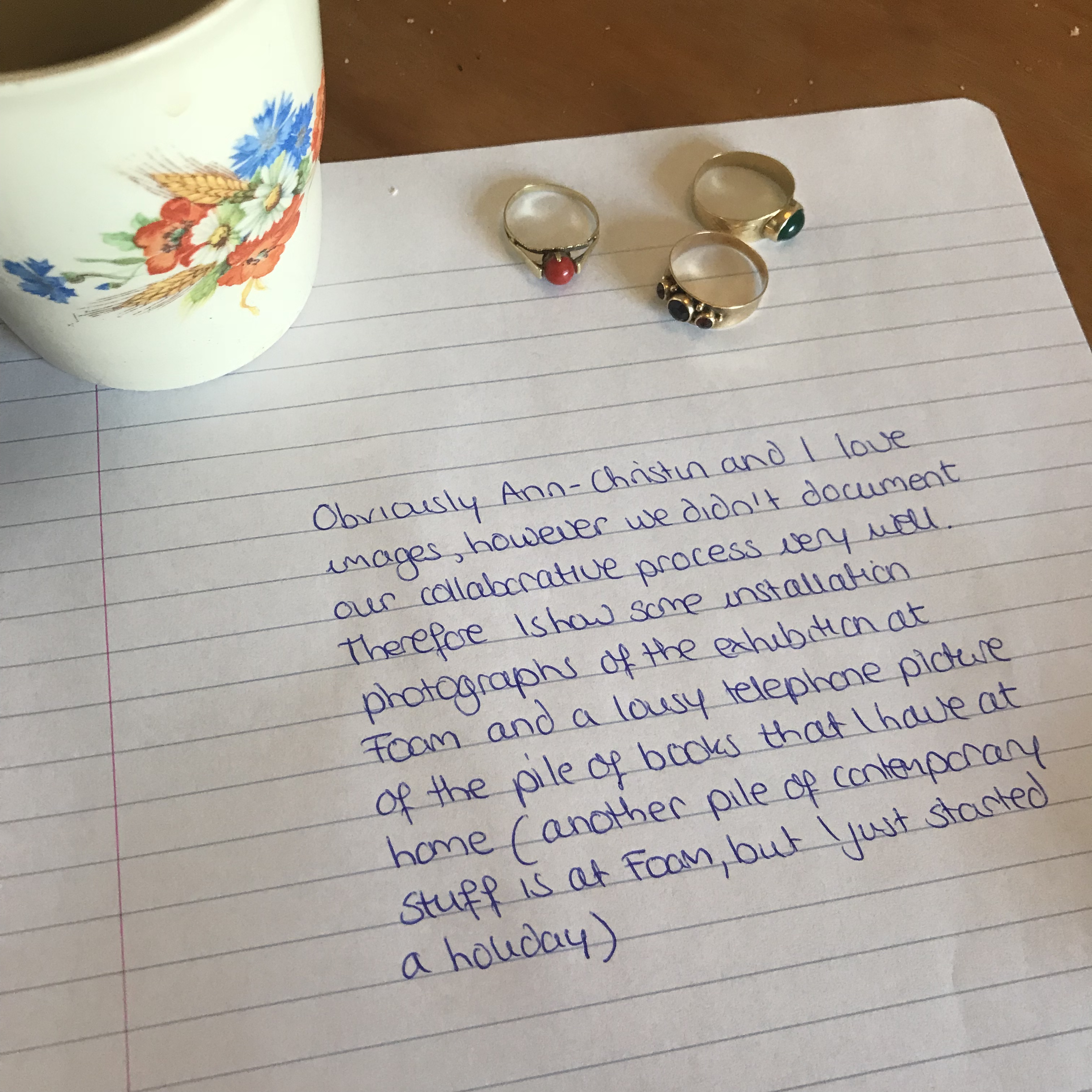

How important is working collaboratively to your practice?
KK: Without people for inspiration and conversations to sharpen the ideas this work is simply not possible. It is part of both the DNA of Foam and C/O Berlin. We (Foam) even dedicated our 15th anniversary to it. Within the framework of the Collaborate! year I curated last spring the exhibition Collectivism with seven artist collectives amongst a lot of other activities. After the great collaboration with Ann-Christin (which continues) and the Collaborate year I have to admit that as an only child, I now long for a project that I can work on as a hermit 😉
ACB: Collaborating is essential for our daily practice. It is much more inspiring, and also it has positive effects on costs (that then can be shared). Also, it opens up the network and facilitates access to artists and/or collections, using the network of each other and helping each other.
How do you think that the political climate has affected our ways of working together?
ACB: Foam and C/O Berlin – being both quite similar in terms of organisational and financial structure – are both used to finding quite creative ways of working and getting money for our exhibitions. But, at least in Germany, cultural budgets in general are more and more reduced, which compels European institutions to cooperate with each other more and more, in order to co-curate and produce shows that then can travel. This makes exhibitions much more affordable and has the positive effects of much better visibility for the artists and/or topics.
KK:I totally agree with Ann-Christin. The same goes for the Netherlands.
Kim Knoppers is an art historian and curator at Foam since 2011. In this context she has curated group exhibitions like RE-Search, Collaborate: On Artists’ Collectives and Back to the Future. The 19th century in the 21st Century and solo exhibitions by Melanie Bonajo, Anne de Vries , Broomberg & Chanarin and Onorato & Krebs amongst others. In addition to her love (and sometimes hate) for contemporary photography she is interested in the reinterpretation of photographic archives. This made her work on exhibitions as Dynasty Marubi – A Hundred Years of Albanian Studio Photograpy, Foto Galatasaray- Maryam Şahinyan’s Photo Studio and Disfarmer- The Vintage Prints. Kim writes on a regular base for Foam Magazine and several artists monographs. She is guest lecturer at the ECAL Photography Master in Lausanne, Switzerland. Kim is the founder of Artists’ Recipes, which explores the intersection of art and food.
Ann-Christin Bertrand is curator at C/O Berlin. She has curated several solo exhibitions together with artists such as Broomberg & Chanarin, Torbjørn Rødland, Adam Jeppesen, Viktoria Binschtok or Peter Puklus, and worked on group exhibitions including WATCHED! Surveillance Art & Photography and Optical Illusions – Contemporary Still Life Photography. She also is a guest lecturer in the Photography Master Program at ECAL Lausanne.